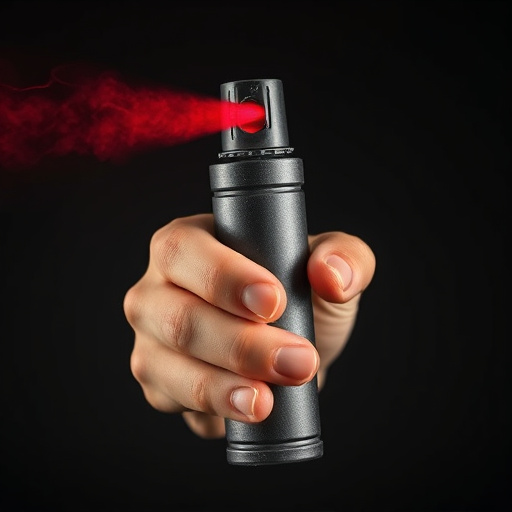In hot climates, proper Hot Climate Pepper Spray Storage is essential to maintain effectiveness and longevity. Store spray in cool, dry indoor areas, like drawers or cabinets, away from direct sunlight and heat sources. Use airtight containers, keep out of reach of children/pets, regularly check expiration dates, and follow local regulations for secure storage and deployment best practices.
“Uncovering the power and intricacies of police-grade inflammatory pepper spray, this article delves into its composition, strength, and unique challenges. As a potent law enforcement tool, understanding its properties is vital, especially in hot climate conditions where storage becomes a critical consideration. We explore effective strategies for safe storage, best practices during extreme heat, and the legal framework surrounding ownership and use of pepper spray. Get ready to navigate the landscape of hot climate pepper spray storage.”
- Understanding Police-Grade Pepper Spray: Composition and Strength
- Factors to Consider for Safe Storage in Hot Climate Conditions
- Best Practices for Handling and Using Pepper Spray in Extreme Heat
- Legal Implications and Regulations Around Pepper Spray Ownership and Use
Understanding Police-Grade Pepper Spray: Composition and Strength
Factors to Consider for Safe Storage in Hot Climate Conditions
When storing pepper spray in hot climate conditions, several key factors must be taken into consideration to ensure safety and efficacy. The primary concern is heat stability; many Pepper spray compounds degrade faster in warmer environments, reducing their potency. It’s crucial to store containers out of direct sunlight and in cool, dry places, such as interior closets or locked cabinets. Proper ventilation is also essential to prevent moisture buildup, which can compromise the integrity of the spray mechanism and even render the product useless.
Additionally, users should check local regulations regarding pepper spray storage. Some regions have specific requirements for securing potent chemicals like CS gas or oleoresin capsicum (OC) spray. Labeling and date stamps on containers are vital; clear markings ensure easy tracking of expiration dates and help identify specific compounds, which is critical in emergency situations. Regular inventory checks can also help maintain control over stock levels and promptly identify any potential spoilage issues.
Best Practices for Handling and Using Pepper Spray in Extreme Heat
In hot climates, proper handling and storage of pepper spray are crucial to maintain its effectiveness and ensure officer safety. Extreme heat can degrade the chemical composition of pepper spray, reducing its potency. Therefore, it’s essential to store the spray in a cool, dry place, away from direct sunlight or heat sources. Many departments recommend keeping it in an airtight container within a designated cooler or de-icing unit designed for tactical gear.
When using pepper spray in hot environments, officers should consider employing best practices. This includes wearing protective clothing, such as thick gloves and eye protection, to minimize skin and eye irritation caused by the spray itself and potential environmental factors. Additionally, ensuring proper ventilation during usage can help mitigate the impact of heat on both the user and the surrounding area.
Legal Implications and Regulations Around Pepper Spray Ownership and Use
Police-grade inflammatory pepper spray, while a powerful tool for law enforcement, requires careful consideration, especially in hot climate conditions. Effective storage methods, adherence to best practices, and understanding legal regulations are paramount to ensure safety and responsible ownership. By implementing the strategies discussed, individuals can manage hot climate conditions and maintain the integrity of their pepper spray, ultimately enhancing both personal and public safety.
